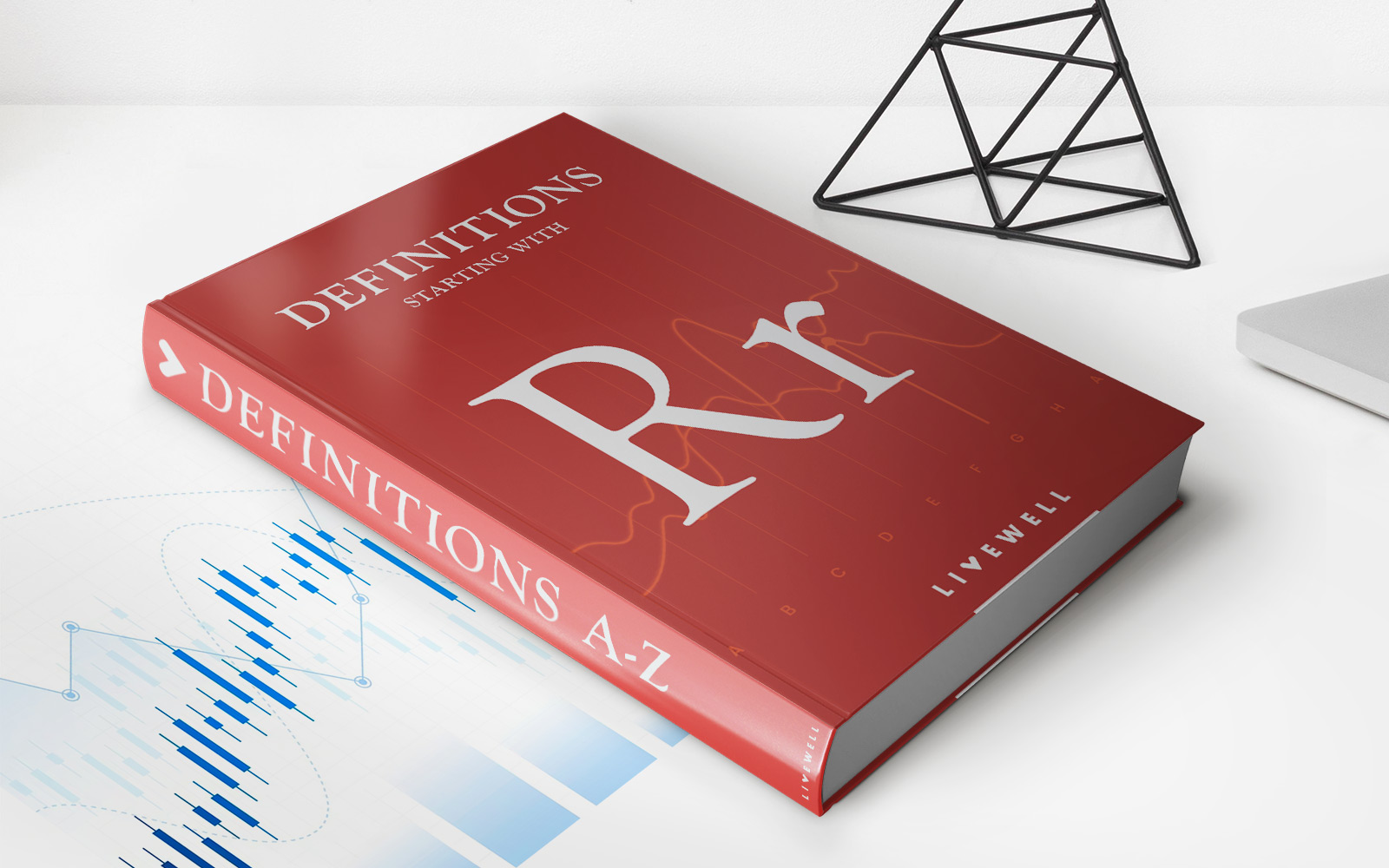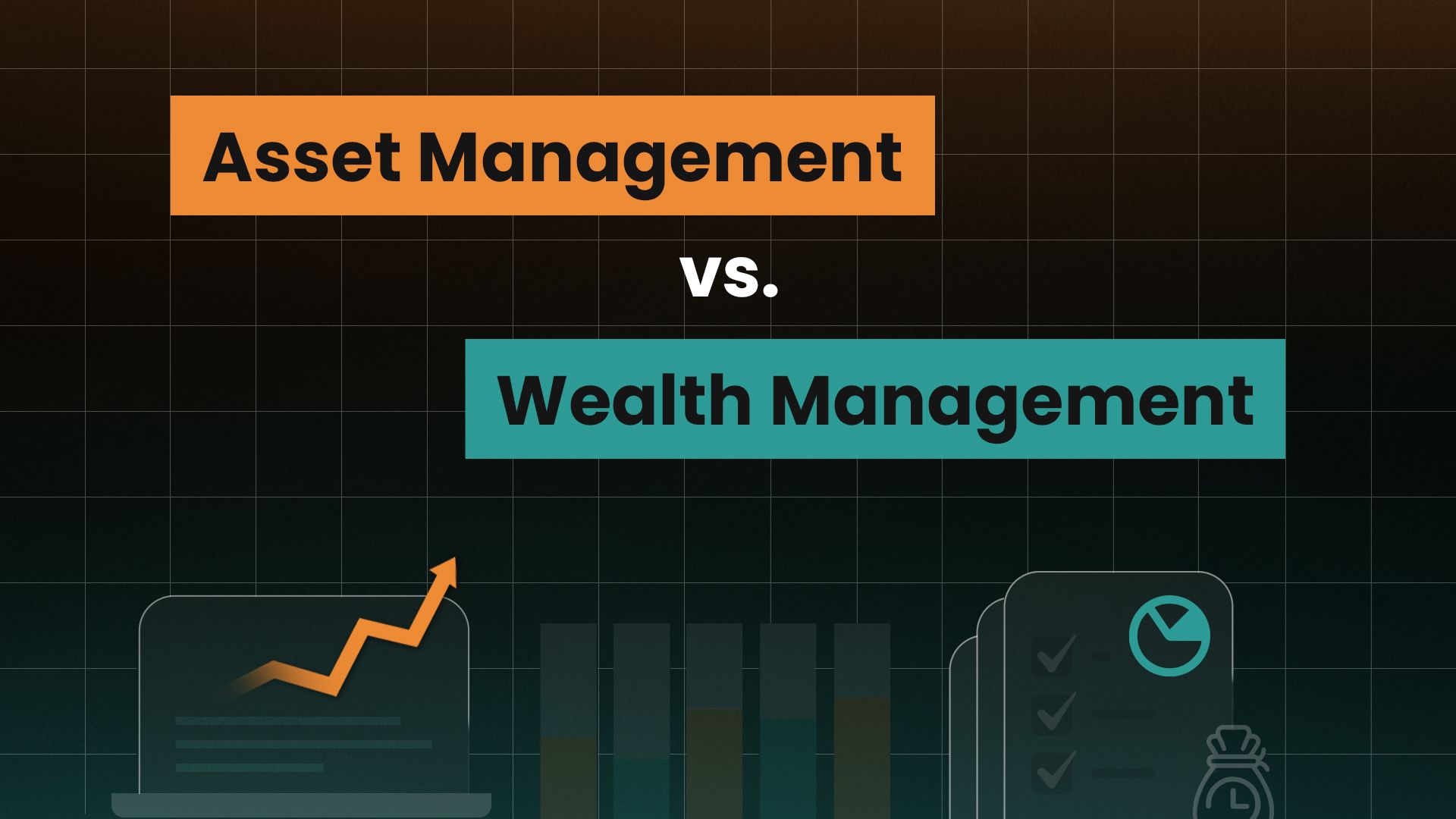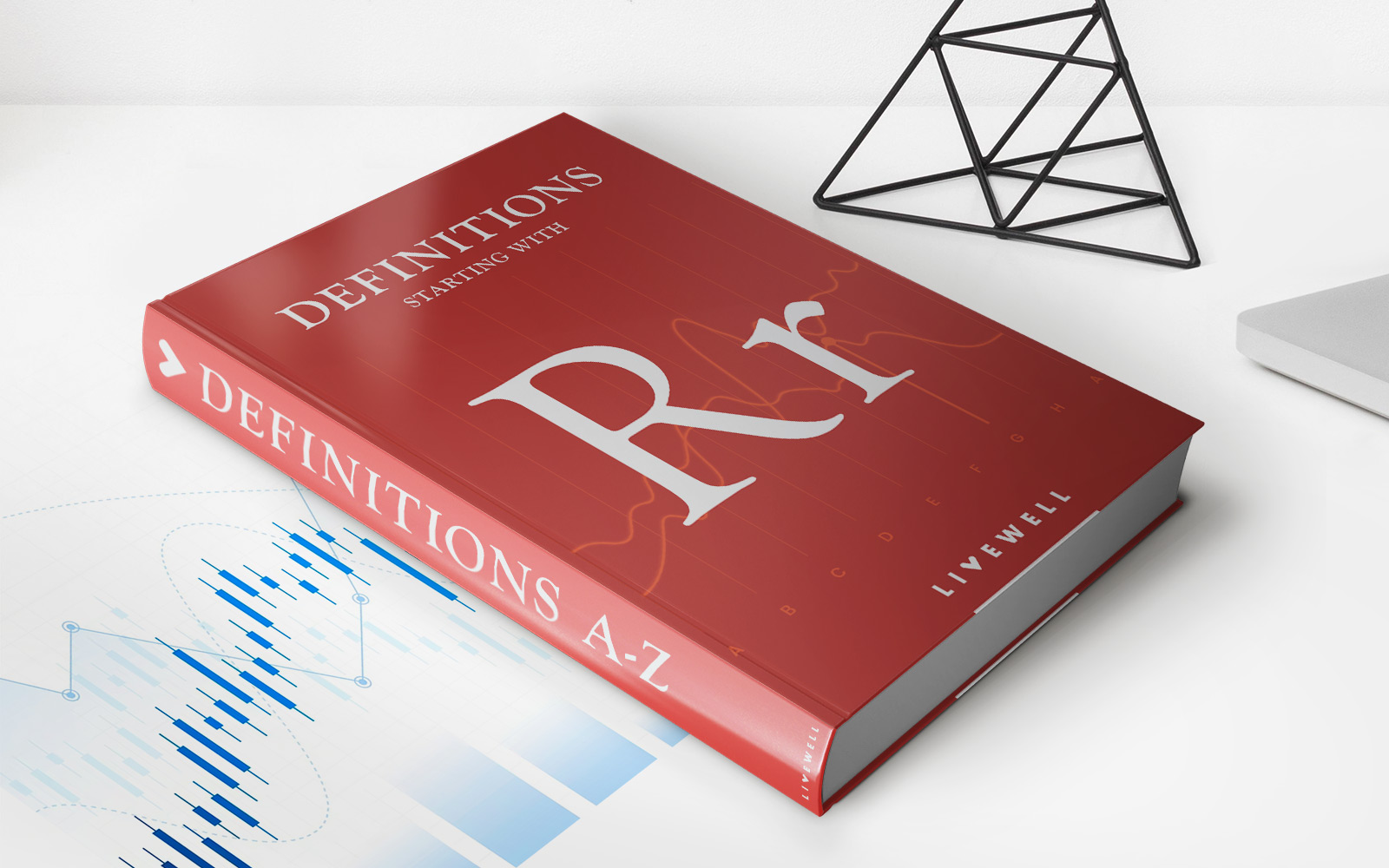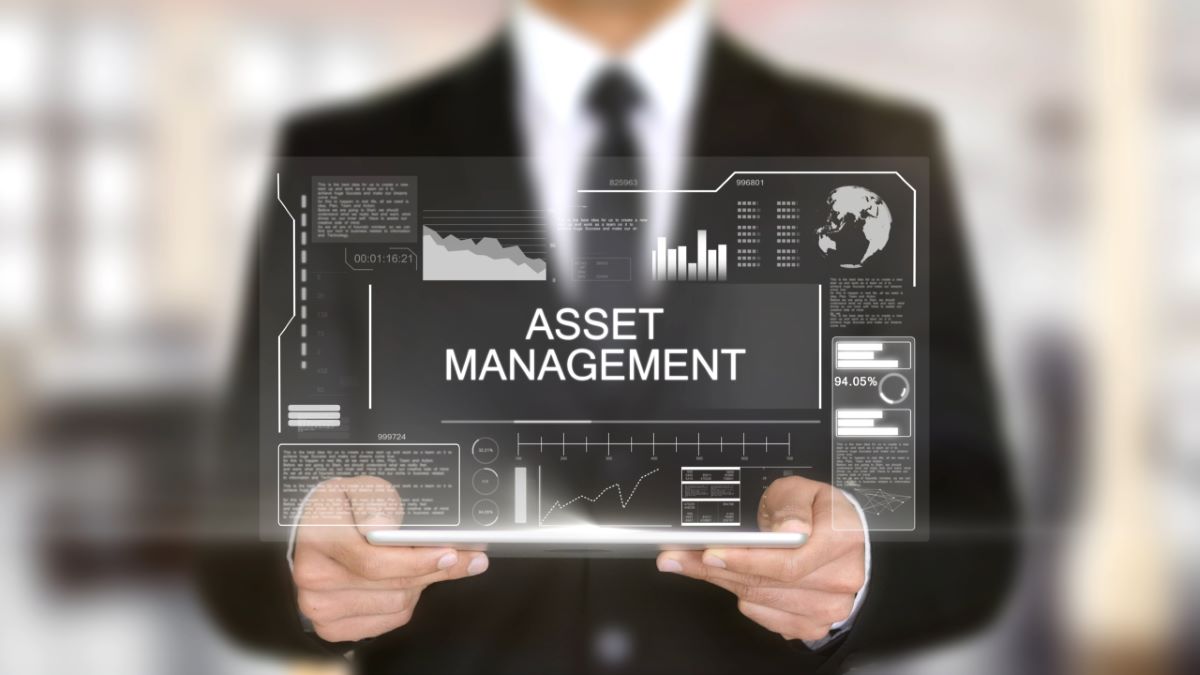

Finance
Return On Assets Managed (ROAM) Defined
Published: January 20, 2024
Learn how Return On Assets Managed (ROAM) is defined in the world of finance. Discover the importance and calculation of this key financial metric.
(Many of the links in this article redirect to a specific reviewed product. Your purchase of these products through affiliate links helps to generate commission for LiveWell, at no extra cost. Learn more)
Understanding Return On Assets Managed (ROAM): A Comprehensive Guide
Welcome to our finance category! In this blog post, we will delve into the concept of Return On Assets Managed (ROAM) and shed light on its significance in the financial world. If you’ve ever wondered how efficiently a company utilizes its assets to generate profits, ROAM is the key metric that provides clarity. Read on to discover everything you need to know about this vital indicator of financial performance.
Key Takeaways:
- ROAM measures how effectively a company utilizes its assets to generate profits.
- A higher ROAM indicates better asset management and profitability.
What is Return On Assets Managed?
Return On Assets Managed (ROAM) is a financial metric that provides insights into how efficiently a company utilizes its assets to generate profits. It measures the percentage of returns a company generates for each unit of asset invested or managed. ROAM is a crucial indicator as it helps evaluate the effectiveness of a company’s asset management strategies and its overall financial performance.
ROAM is calculated by dividing the company’s net profit by its total assets managed, and then multiplying the result by 100 to get a percentage. The higher the ROAM, the better a company is utilizing its assets to generate profits.
Why is ROAM Important?
ROAM holds significant importance for both investors and company management. Here’s why:
- Efficiency Evaluation: ROAM allows investors to assess how efficient a company is in using its assets to generate profits. It provides an indication of the company’s ability to allocate resources effectively and generate financial returns.
- Comparative Analysis: ROAM enables investors to compare companies within the same industry. By analyzing the ROAM of various companies, investors can gain insights into those businesses managing their assets efficiently and potentially identify investment opportunities.
- Strategic Decision Making: For company management, ROAM provides a metric to determine the effectiveness of their asset management strategies. It helps identify areas where improvements can be made to maximize profitability and optimize resource allocation.
Understanding and monitoring ROAM can help investors make informed decisions and guide companies in improving their financial performance. It provides a comprehensive picture of how well a company utilizes its assets to generate profits, allowing for better investment choices and strategic planning.
Conclusion
Return On Assets Managed (ROAM) is a vital metric that measures a company’s ability to generate profits from its assets. Investors can utilize ROAM to assess the efficiency of a company’s asset management strategies, while company management can use it to make informed business decisions. Understanding ROAM provides valuable insights into a company’s financial performance and aids in identifying potential investment opportunities. Maintain a close eye on ROAM to stay ahead in the world of finance.














